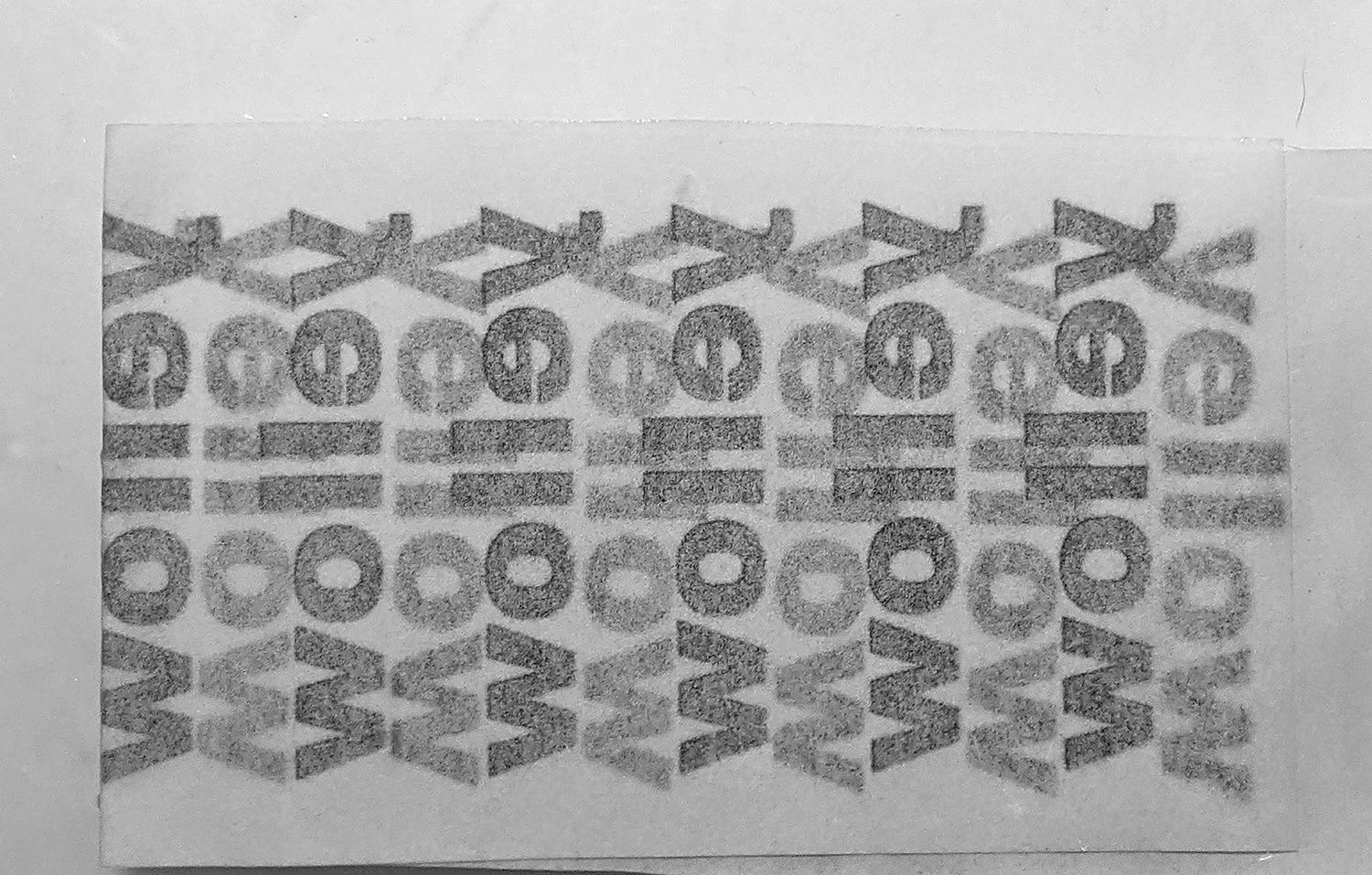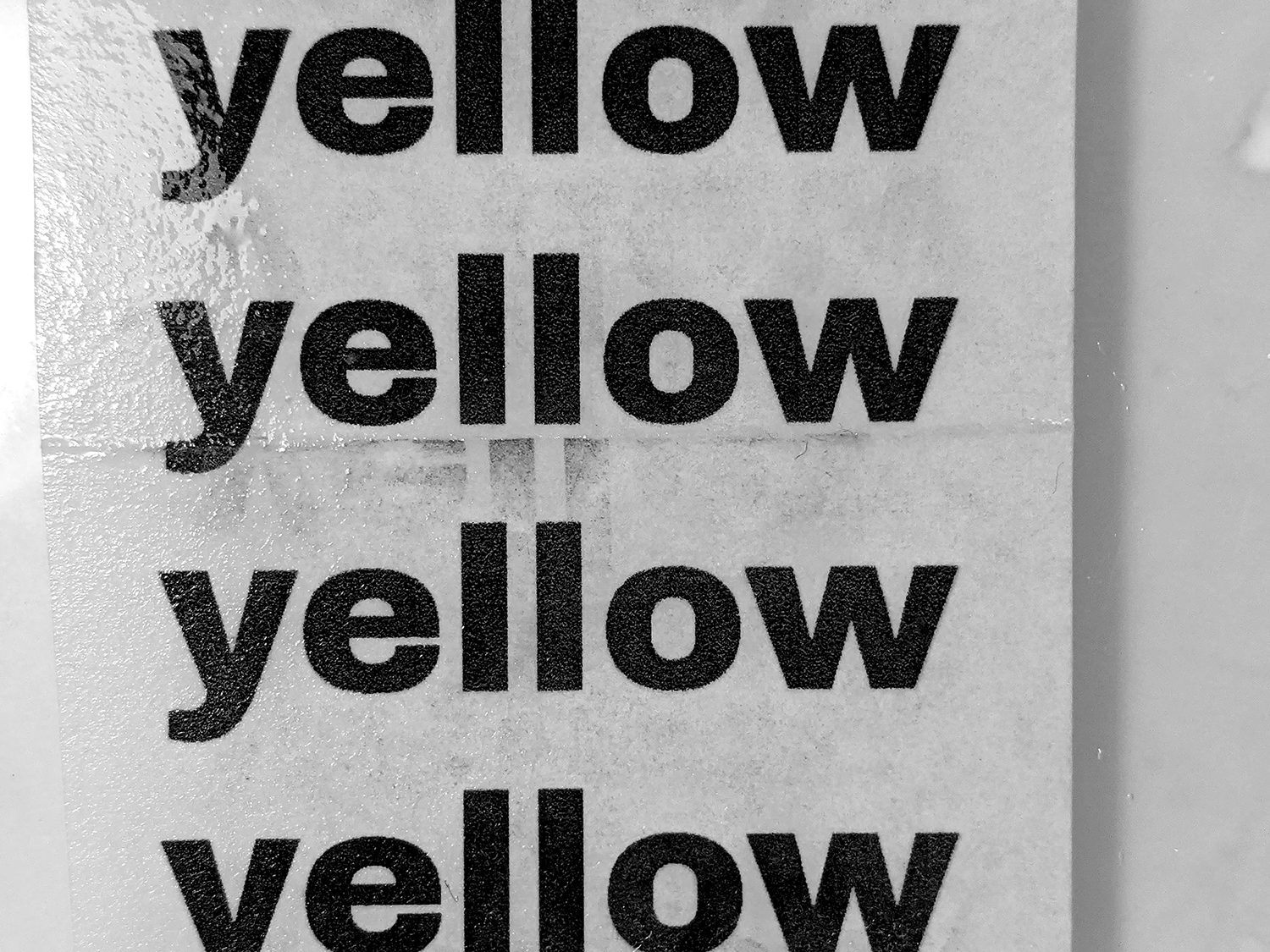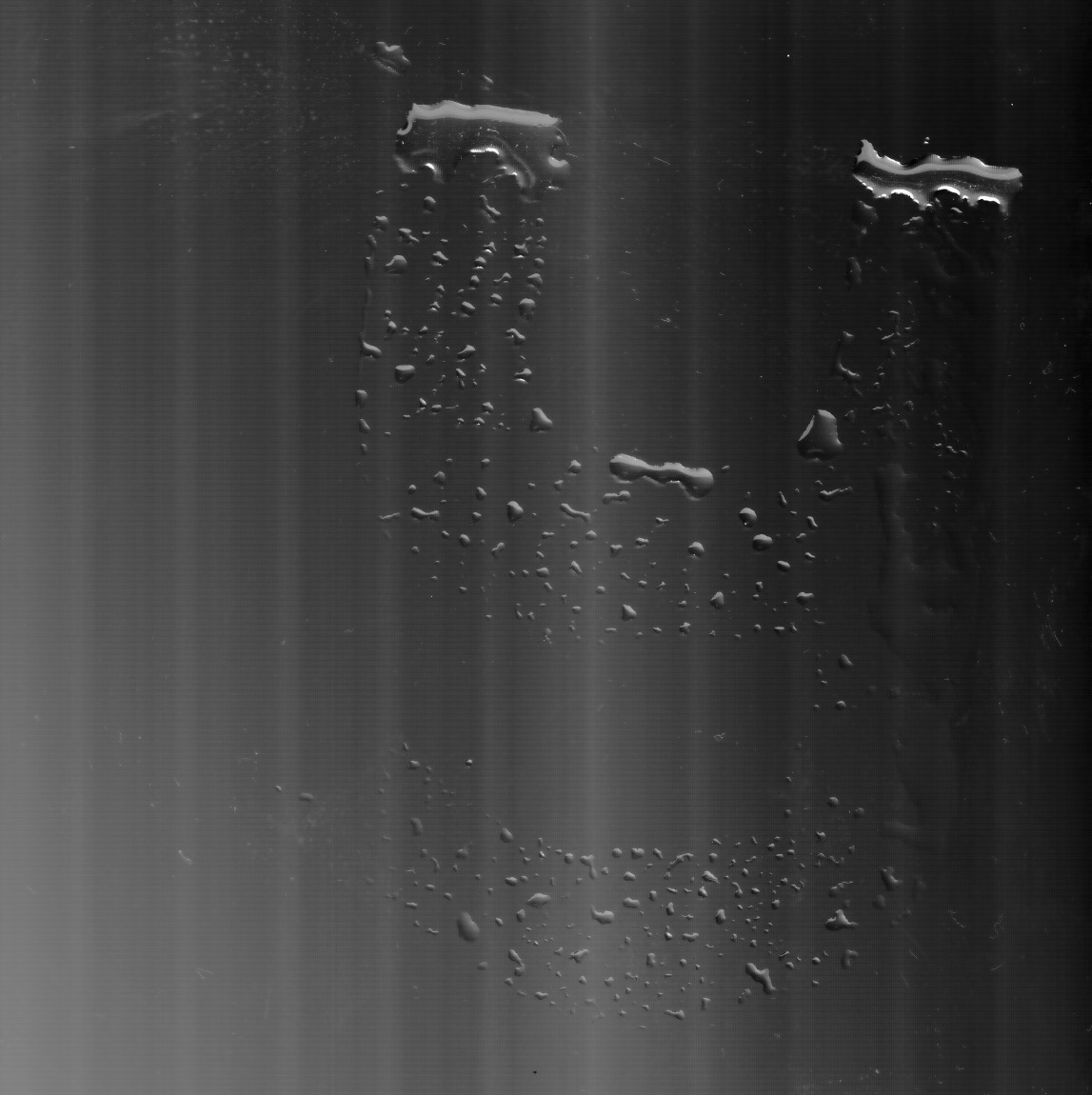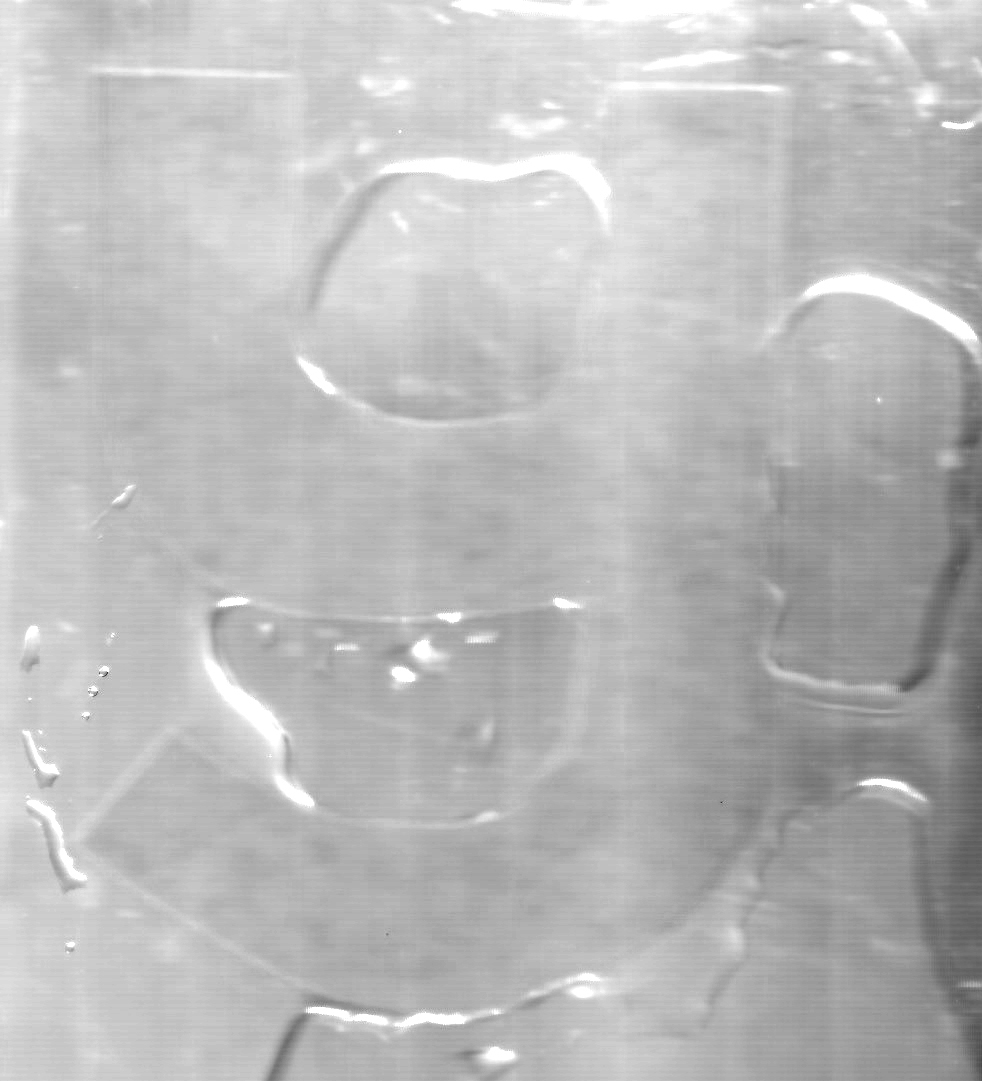02. yellow
memory
When I was in high school, I dated this guy who was a self-proclaimed Romantic. By Romantic, I don't mean romance (I mean Romanticism. Although the guy was plenty romantic too. Maybe a little too much for my taste). We're talking poems and that sort of stuff. Which isn't bad, I thought it was pretty cute at the time. I was never particularly in touch with my emotions as he was.
Anyway, I went through a Coldplay kick at the beginning of our relationship. One night we were chatting on Facebook and he asked what I was listening to. So I sent over a YouTube link to "Yellow."
A few minutes later, I got a message ping and he told me that the song made him cry. I never asked him why.
parameters
I've always been fascinated by the properties of paper and how paper reacts to water. I remember learning about adhesion in middle school science and having my mind blown. Considering my ex was a huge writer and also cried in this memory, I chose to work with water and paper with these experimentations.
reflection
I found the experimentations for this set to be very successful. I think there is a lot to say about ironing paper to transfer ink and how much ink gets transferred (experiment C). Can I soak it again and transfer ink another time? Would the transfer still happen if I allowed the ink to dry more? What if I printed on the paper with the transfer again?
I'm also fascinated by the technique in experiment E. There is still a lot to be desired with getting the right contraste so that the water droplets are more distinguishable (especially at the bottom) and making the letterform more clearly legible. Maybe this involves having a pattern lifted up behind that allowed the droplets to be more contrasty (i.e. focused)? Not sure.
I was not super enthused with the result from experiment F, but I do think that there is something more to this.

experiment A. printed paper, wetted, + folded → I had fun playing with how paper allows for transparency and texture when wetted.

experiment B. printed paper, wetted, folded, + pressed → I wasn't sure if it would have worked, but immediately after my printer spat out the paper, I drenched it in water and then folded, then pressed. This allowed for a slight transfer in the not quite yet dry ink.

experiment C. printed paper, wetted, folded, pressed, + ironed → Taking inspiration from B, I did the same thing, but folded it multiple times and then ironed out all of the moisture. The heat allowed for a more prominent transfer of ink.

experiment D. cut paper, wetted, + scrunched → Construction paper is more "soft" (idk what it technically is "more" in comparison to printer paper) and so I could work with bunching and folding more without worry of tearing. The folding (and the nature of the scanner) allows for different shapes to be formed from the letter form while still being (at least a little) legible.

experiment E. cut paper, wetted, placed, + removed → I took the same construction papercut “Y” and (after cleaning the scanner surface) replaced it. Then I took it off which left the water droplets in the shape of the "Y."

experiment F. cut paper, placed in shallow water → I had fun playing with how paper allows for transparency and texture when wetted.





